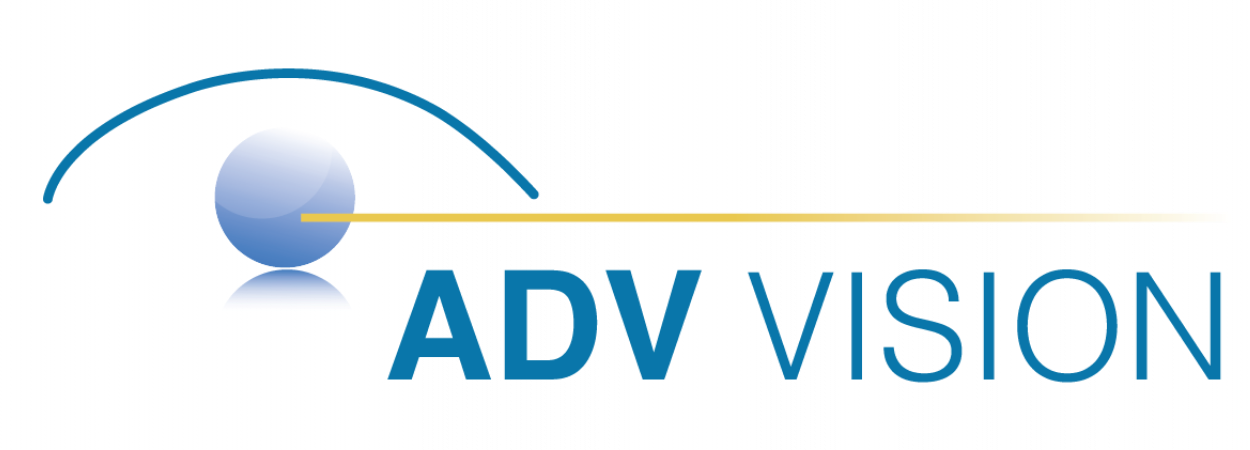Cataracts are a leading cause of blindness in the United States. The condition causes the lens of the eye to become cloudy, which affects vision. The good news is that there are many ways to reduce the risk of cataract development.
If left untreated, cataracts can lead to vision loss. The most common surgical procedure in the nation, cataract surgery is performed over two million times a year.1 Cataract prevention is a hot topic. It may be possible to prevent or at least delay the progression of cataracts.
How to Prevent Cataracts
Uncontrollable risk factors—including age, family history, ethnicity, and gender—are involved in cataract formation. Factors you can control include:
1. Eat a Healthy Diet
Changing your diet can lower your risk of cataracts. Antioxidants can help protect against and slow the progression of cataracts. Vitamin C has been found to reduce the risk of developing cortical and nuclear cataracts, while vitamin E has been associated with a decreased risk of nuclear cataracts as well. Multivitamins and supplements can be effective.
The carotenoids lutein and zeaxanthin are found in eggs, as well as in many fruits and vegetables. They can reduce the need for surgery and the risk for developing new cataracts. Foods to prevent cataracts include:
- Kale: Contains lutein and zeaxanthin, as well as vitamin C and beta carotene, all of which are eye-healthy.
- Sweet potatoes: A good source of beta carotene, which is converted to vitamin A in the body.
- Strawberries: Contain plenty of vitamin C to help reduce your cataract risk.
- Green tea: Contains many antioxidants, including catechins, which can lower the risk of developing cataracts, as well as macular degeneration.
Research has also found that higher intake of omega-3 fatty acids, specifically EPA and DHA, also reduces the risk of cataracts. Foods that contain a high amount of omega-3s include salmon, tuna, sardines, and mackerel. Nuts, seeds, and plant oils are also high in omega-3s.
2. Quit Smoking
Smoking creates free radicals that can harm eye cells. The habit can cause blood vessel problems too. Also, good chemicals from food that fight off free radicals are killed by smoking.
Too many toxins can increase the risk of cataracts and other vision issues. By quitting smoking, you can prevent them even if you have smoked cigarettes in the past.
3. Wear Sunglasses
You may look hip and trendy in those shades, but did you know sunglasses also can reduce your risk of developing cataracts? If you’re concerned about cataract prevention and treatment, try to avoid ultraviolet (UV) light exposure as much as possible. Lens proteins are damaged by UV light. For the most protection, look for sunglasses that block 99% to 100% of UVA/UVB rays, that screen out 75% to 90% of visible light, and that fit the shape of your face.
4. Limit Alcohol Consumption
You don’t have to eliminate alcohol entirely, but drinking too much can increase your cataract risk. Research has shown that having more than two drinks a day raises your odds. However, drinking fewer than that can lower your risk of getting cataracts.2
High blood sugar can cause the lens to swell, so it’s important to control it, especially if you have diabetes, which is often associated with cataracts. Controlling high blood pressure is important as well. Regular eye exams can enable your eye doctor to spot problems early and address any risk factors.
Schedule an Appointment Today

ADV Vision Centers offers comprehensive eye exams and surgical treatments such as cataract extraction in California. We’ll discuss any underlying vision issues, such as diabetic retinopathy, to determine the best way to restore your vision.
Call (805) 987-5300 or schedule your free evaluation online to meet with one of our experienced eye care professionals.








